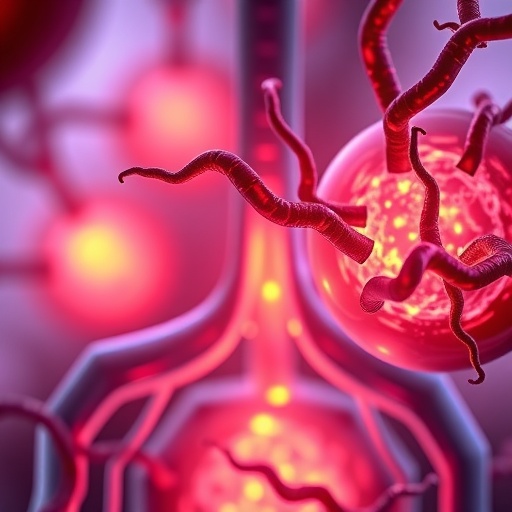TORONTO (23 Oct. 2018) — Thrombosis-on-a-chip, vasculature-on-a-chip and engineered models of human cardiac fibrosis are just a few of the new technologies revolutionizing research into human cardiovascular disease–a condition responsible for 17 million deaths per annum globally. A new study entitled Cardiovascular Disease Models: A Game Changing Paradigm in Drug Discovery and Screening, published this week in the journal Biomaterials by bioengineering scientists from the University of Toronto, proposes a new paradigm for research into cardiovascular diseases. The new paradigm is rooted in a human-specific understanding of disease mechanisms, coupled with application of novel microphysiological and computational tools based on human biology to create more predictive laboratory models of the human disease.
Lead author, Dr. Houman Savoji, CIHR & FRQNT postdoctoral fellow in Prof. Milica Radisic's Laboratory, explained that, "In vitro and in silico disease models are frequently used to complement or confirm data acquired from animal models. However it is apparent that the application of these two fast-growing and emerging platforms, given their reduced costs, more ethical and more accurate, human-relevant outcomes, are becoming promising substitutes for animal models. The development of multi-functional platforms that combine mechanistic knowledge about the pathophysiology and etiology of cardiovascular diseases with ever-expanding engineering technologies (i.e., micro/nanofabrication) and advances in stem cell biology, brings hope to the mandate of improving translation in drug discovery and concomitantly reducing the use of experimental animals in preclinical research."
The cardiovascular system is one of the most complex human systems to model, given its intimate functional interactions with the vasculature, nervous and renal systems. Traditionally, animals have been used for this purpose; however, animal models of cardiac disease may not show all the features of a specific condition, and even genetically modified animals cannot recapitulate human cardiovascular disease. There are difficulties in translating information from animal models to the human situation — even for healthy heart function — due to the enormous differences in heart size, architecture, rate of beating, oxygen consumption, contractility, protein expression and stem cell populations between mice and humans. Dr. Savoji describes how "not all experimental models (i.e., mice and rats) are acceptable for [studying] atherosclerosis due to intrinsic genetic differences, and their [the animals'] higher resistance to…high cholesterol diet."
The exciting advances detailed in Dr. Savoji's paper offer suggestions for improving and further developing current models of the heart and cardiovascular system. Electrical stimulation can be applied to stem cell models to promote cellular maturity, creating models that more closely resemble an adult heart; multi-dimensional scaffolds with in-built vascular networks start to mirror the complexity of the cardiovascular system; mechanistic and data-driven modelling (using quantitative systems pharmacology or QSP) inform dose selection, drug-drug interaction and ultimately, identification of the best therapeutic strategy. Coupling these approaches with the use of patient-derived stem cells to create bespoke disease models will create more reliable, predictive models for disease onset, progression and drug response.
The need for such a new approach is evidenced by the high failure rates of drugs in general, and by the severity of adverse drug reactions in late-stage clinical development as a result of cardiovascular toxicity. For example, Vioxx (Rofecoxib), originally designed to treat pain related to osteoarthritis and approved by the U.S. Food and Drug Administration in 1999, was linked to over 27,000 cardiovascular-related deaths, and doubled the risk of heart attack and stroke. Vioxx was withdrawn from the market in 2004. Recent developments in computational and mechanistic cardiac modelling have opened new avenues to improve predictions of drug-induced cardiotoxicity before these drugs are released into the clinic.
###
The review by Savoji et al. was supported with funding from Humane Society International and the Humane Society of the United States on behalf of the BioMed21 Collaboration.
Media Contact
Lindsay Marshall
[email protected]
http://dx.doi.org/10.1016/j.biomaterials.2018.09.036




